Letter of recommendation general template
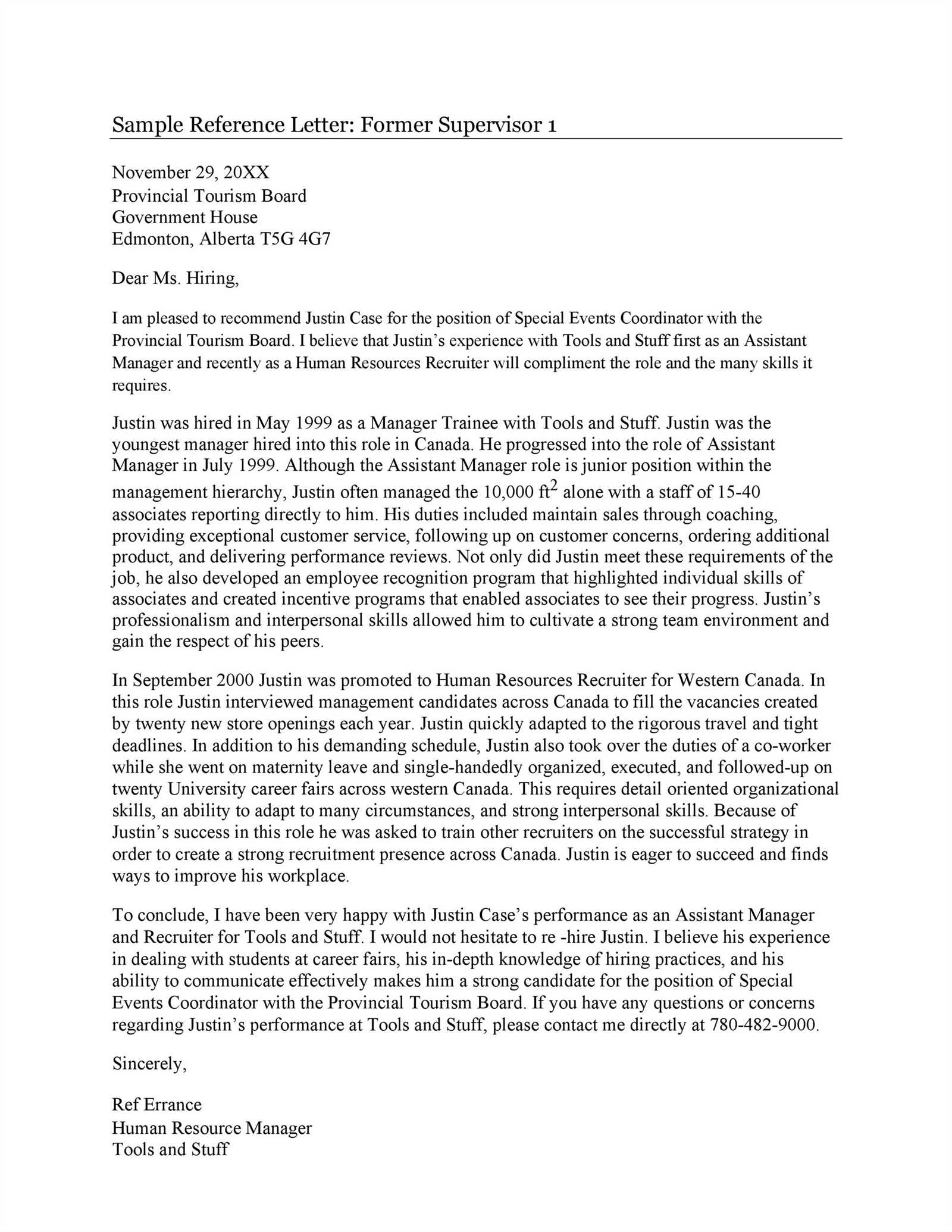
Writing a letter of recommendation requires clear, precise language that highlights the qualities and achievements of the individual being recommended. The structure should be simple and direct, focusing on the person’s strengths and qualifications without unnecessary embellishments. To help you craft an effective letter, here’s a general template you can adapt to your specific needs.
Start with a strong opening. Begin by clearly stating your relationship with the candidate and the context in which you’ve worked with them. This establishes credibility right away. For example, you can mention how long you’ve known the person and in what capacity, whether as a manager, colleague, or mentor. Be specific about your experience working together.
Next, provide examples of the candidate’s skills, accomplishments, and work ethic. Focus on specific contributions or projects they’ve worked on that demonstrate their abilities. Use concrete examples to paint a vivid picture of their performance. Mention any leadership roles, innovative ideas, or problem-solving skills they have shown. If possible, include quantifiable results to make the recommendation even stronger.
Conclude the letter by reaffirming your strong endorsement. Keep it simple and direct, stating that you confidently recommend the candidate for the position or opportunity they are pursuing. Make it clear that you believe they will succeed in their future endeavors based on their qualifications and your experience working with them.
Letter of Recommendation General Template
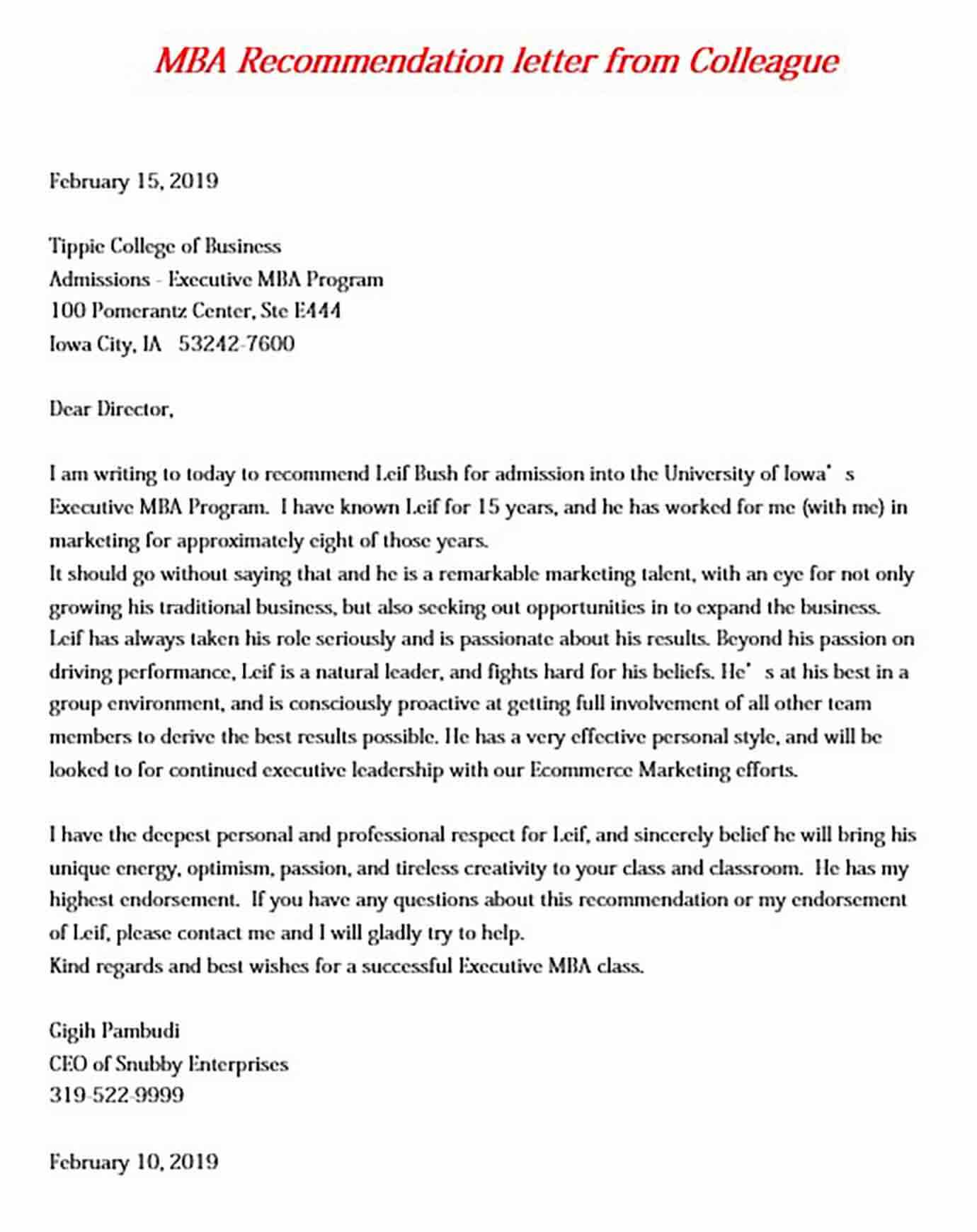
To whom it may concern,
I am writing to recommend [Name] for [position, opportunity, program, etc.]. During our time working together at [Company/Institution], I have witnessed [Name] consistently demonstrate a high level of [skill/quality]. [He/She/They] brought [specific skill or quality] to every task, showing great attention to detail and a clear ability to [action related to the task].
[Name] consistently met deadlines and delivered results that exceeded expectations. Whether working independently or as part of a team, [he/she/they] approached each project with a strong sense of responsibility and a proactive attitude. [He/She/They] also excelled in [specific examples of achievements, e.g., handling difficult situations, driving projects to completion, etc.].
One of [Name]’s key strengths is [mention a standout quality]. This was evident when [provide specific example]. [His/Her/Their] ability to [demonstrate skill or ability] sets [him/her/them] apart from others in the field. It’s clear that [he/she/they] will bring the same level of commitment and excellence to any role or program [he/she/they] pursue[s].
I have no doubt that [Name] will be a valuable asset in [position, opportunity, or program] and strongly recommend [him/her/them] without reservation. If you need additional information, feel free to contact me at [phone number/email].
Sincerely,
[Your Name]
[Your Title/Position]
[Your Contact Information]
How to Start a Letter of Recommendation: Key Opening Phrases
Starting a letter of recommendation can set the tone for the rest of your message. Your goal is to immediately establish credibility and purpose. Here are some direct ways to begin:
- “I am pleased to recommend [Name] for [position/role/program].” This is a straightforward and confident way to introduce your support for the individual.
- “I have had the privilege of working with [Name] for [X years/months] in my role as [Your Job Title].” This shows your direct involvement and establishes your authority to comment on their qualifications.
- “It is with great enthusiasm that I recommend [Name] for [specific role/position].” This approach conveys both positivity and assurance, setting a strong, supportive tone.
- “I am writing to recommend [Name], who I have had the pleasure of working with in [context].” A simple and clear start that focuses on the relationship between you and the candidate.
- “Having worked closely with [Name] for [X years/months], I am confident in their abilities to succeed in [role/position].” This phrasing demonstrates your long-term observation and confidence in their skills.
By starting your letter with one of these phrases, you provide a strong foundation for the rest of your recommendation. Make sure the opening is genuine, concise, and aligned with the purpose of your letter.
Describing Skills and Qualities: Specific Examples to Highlight
When writing a letter of recommendation, it’s crucial to provide concrete examples of the candidate’s skills and personal qualities. Rather than simply stating that they are “hardworking,” show how they demonstrated this trait through specific actions and results.
Communication Skills
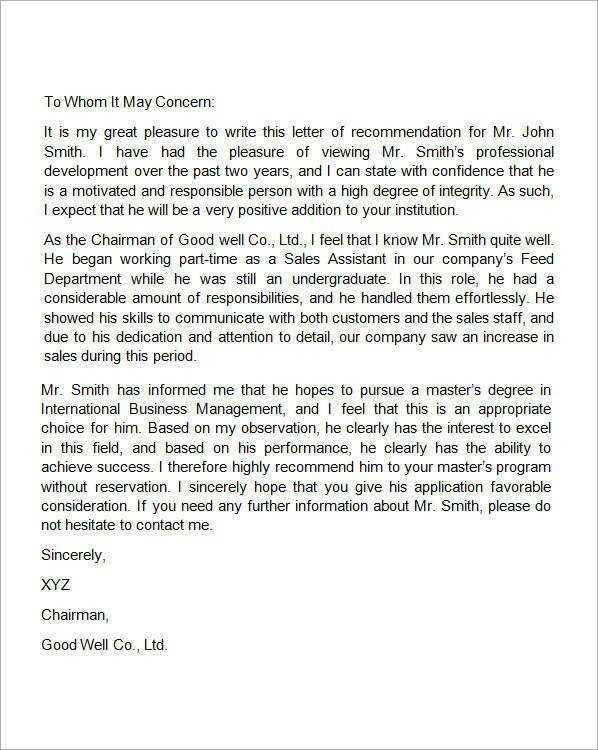
If the candidate excels in communication, describe a scenario where they successfully led a meeting, conveyed a complex idea clearly, or resolved a misunderstanding among team members. For example, “During a critical project deadline, [Candidate Name] coordinated weekly updates with cross-functional teams, ensuring that everyone was aligned and delivering on time. Their ability to communicate complex concepts in simple terms helped the team stay focused and efficient.”
Problem-Solving Abilities
To highlight problem-solving skills, choose a situation where the candidate faced a challenging task and found an innovative solution. For example, “When our department faced a significant software glitch that threatened to delay a major launch, [Candidate Name] took the initiative to troubleshoot the issue, working overtime with the IT team to identify the root cause and implement a fix, allowing us to meet our deadline.”
By providing these kinds of specific examples, you not only showcase the candidate’s skills but also give the reader a clear sense of their capability and impact in real-world situations.
How to Structure the Body: Organizing Key Information Logically
Begin by addressing the applicant’s qualifications and key strengths in relation to the position or program they are applying for. Focus on attributes that directly align with the criteria set by the recipient of the letter. This section should clearly explain why the applicant is a strong fit for the opportunity.
Organize Information by Skills or Achievements
Group relevant qualities or experiences into categories. For instance, if you’re discussing leadership skills, provide examples that demonstrate their ability to lead in different situations. If the applicant has significant achievements, organize them chronologically or by importance to make it easier for the reader to follow the progression of their skills and accomplishments.
Support with Specific Examples
Concrete examples add credibility to your recommendation. Describe specific moments when the applicant displayed particular strengths. Whether it’s solving a complex problem, managing a project, or contributing to a team, details make your letter more persuasive. Always show, rather than just tell, how they performed in real-world situations.
Conclude by briefly summarizing the applicant’s qualifications and reiterating why they would be an asset in the role or program. Keep this section clear and direct, highlighting the key reasons they should be considered for the opportunity. Avoid unnecessary repetition of points already made earlier in the letter.
How to Close the Letter: Crafting a Strong Final Impression
To make your recommendation letter memorable, finish with a statement that reinforces the candidate’s suitability. Highlight their key qualities one last time, focusing on the specific traits or skills that make them stand out.
Be Direct and Confident
Wrap up with a clear, confident endorsement. Avoid hedging language. Use phrases like “I highly recommend” or “I am confident that” to show your certainty about the candidate’s abilities. This leaves a strong, final impression and shows your genuine belief in their potential.
Offer Additional Contact
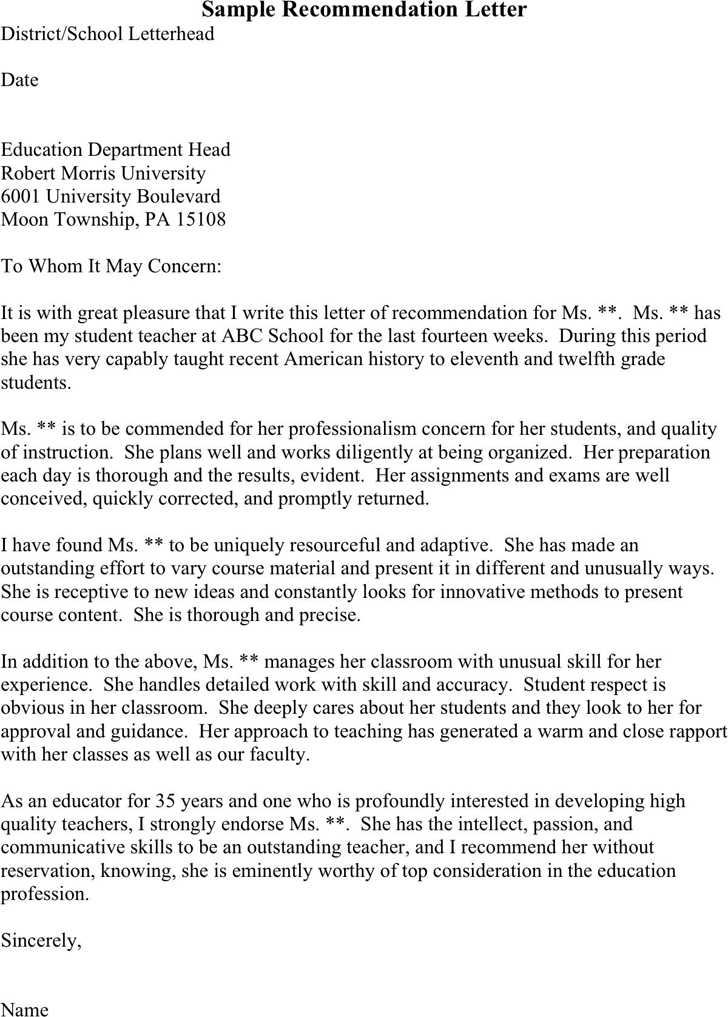
If appropriate, offer to provide further information. Include a line like, “Feel free to contact me if you need any further details or clarification.” This provides a final, helpful touch and shows you are fully supportive of the candidate.
| Recommendation Strength | Example Phrases |
|---|---|
| Strong Endorsement | “I am confident that [Name] will excel in this role.” |
| Offering Further Contact | “Please don’t hesitate to reach out for more information.” |
End with a polite closing statement like “Sincerely” or “Best regards” and include your signature or name. Keep it simple but professional. A clean, well-rounded closing ensures your recommendation leaves a lasting, positive impression.
Reviewing and Customizing: Adapting the Template for Different Purposes
To create a letter of recommendation that fits a specific role or application, customize the template to highlight the candidate’s strengths that are most relevant to the position. Review the job or academic description carefully, then adjust the tone, focus, and content accordingly. A recommendation for a job application will differ from one written for academic purposes, so the skills and qualities highlighted should align with what’s needed in each case.
Tailoring to Professional Opportunities
For job recommendations, concentrate on the candidate’s professional abilities. Emphasize work ethic, leadership qualities, teamwork, problem-solving, and relevant skills. Address how the person’s expertise aligns with the responsibilities of the job. Be specific about their accomplishments that directly relate to the position’s requirements. If possible, include metrics or examples that demonstrate the impact of their work.
Focusing on Academic or Research Roles
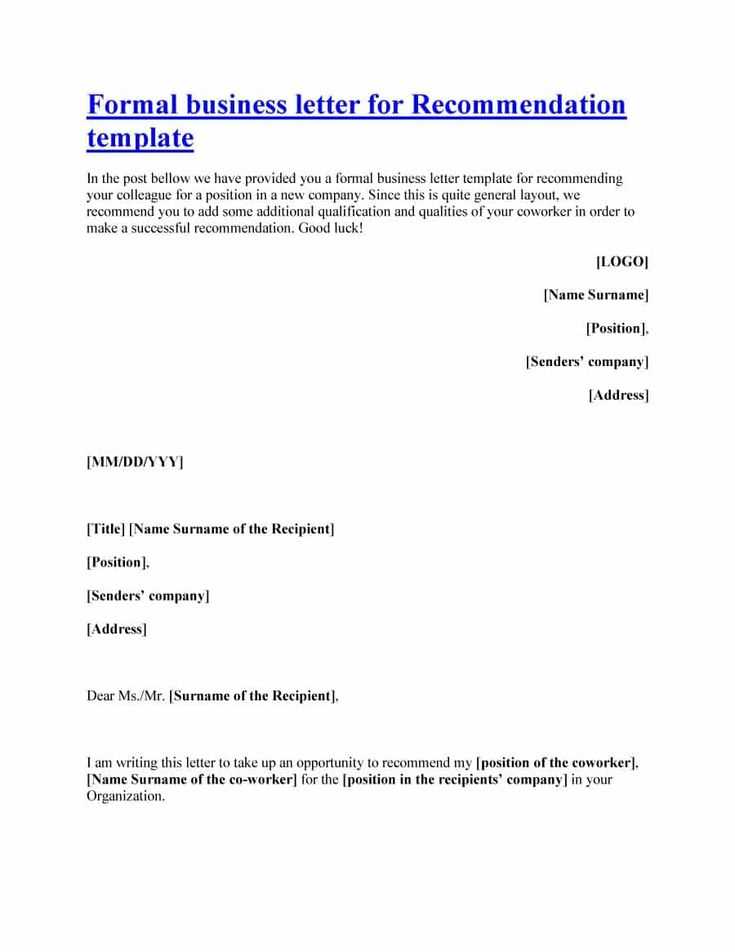
Academic recommendations should emphasize intellectual abilities, curiosity, and research potential. Highlight academic achievements, critical thinking skills, and contributions to projects or research. Tailor the letter to demonstrate the candidate’s readiness for academic challenges, whether it’s pursuing graduate studies, participating in research, or excelling in an academic setting.
Modify the tone of the letter as well. In a professional setting, focus on practical outcomes and qualifications, while in an academic recommendation, the tone should reflect a deeper, analytical engagement with the subject matter. Adjusting these details makes the recommendation feel personal and fitting for the applicant’s next step, whether it’s a new job or academic pursuit.